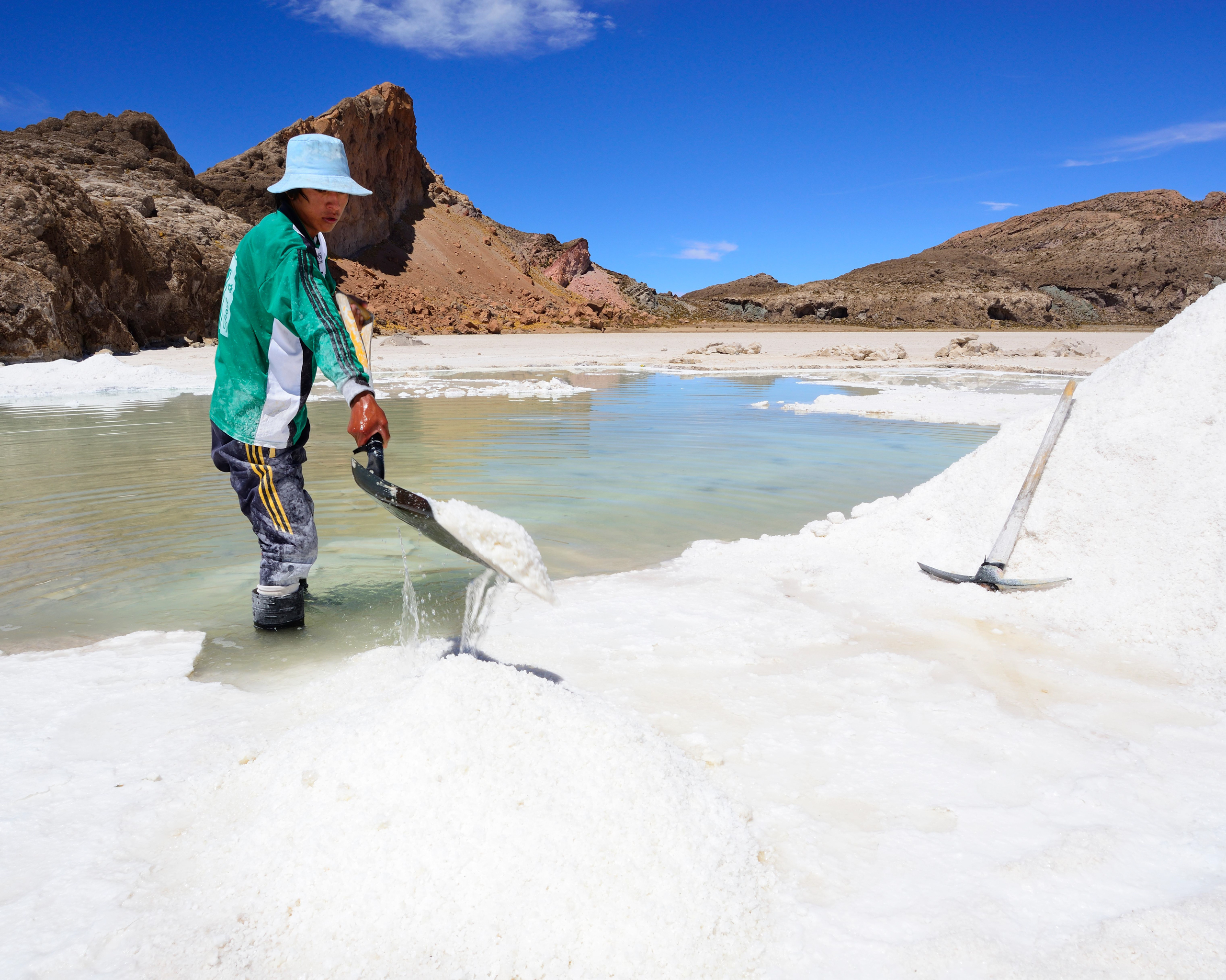Latin America has had a stormy relationship with mining. The first hostilities came with the arrival of the conquistadors, which saw the plundering of gold and silver to enrich and sustain the Spanish crown.
When independence came, the first waves of foreign capital and new technologies brought new players into the mining saga, some of which would end up destroying the region’s ecosystems and communities: mercury, cyanidation, dynamite and river dredging.
This second stage of Latin American mining has endured for two centuries, despite multiple crises. And what has it brought us? Certainly investment, royalties and some infrastructure. But after so long, it is inevitable that mining has taken much more than it has put into the region.
Now Latin America faces a third opportunity – perhaps its last – to reconcile mining with humanity and the planet.
This comes in the form of transition minerals, those that are indispensable for both renewable energy generation and the functioning of a low-carbon economy – copper, lithium, nickel, cobalt, graphite, rare earths, to name a few. Without these minerals, no electrification is possible: no more solar panels, no more wind turbines, no more electric vehicles.
But transition minerals are concentrated in very few places on the planet. Guess where?
Latin America concentrates a large part of the minerals needed for the economic and energy transition not only of the region, but of the entire world: 38% of global copper reserves, 52% of lithium, 22% of graphite and nickel, and 17% of zinc, among others. These are especially abundant in Chile, Bolivia, Argentina, Brazil, Mexico and Peru.
However, there is a risk of repeating history and returning to the eternal cycle of extractivism: minerals are extracted regardless of the social and environmental costs, exported raw to countries that know how to process and transform them, and the exporting country receives some income that does not improve the living conditions in its territories.
To transform its history, the region has multiple windows of opportunity that cannot be overlooked.
If countries are serious about complying with the Paris Agreement on climate change, the current supply of transition minerals will not be enough to electrify the world’s economies. By 2040, clean energy technologies could account for over 90% of the total demand for lithium – up from less than a third in 2020. Such technologies’ share of copper demand could double to over 40%, and reach 60–70% of cobalt and nickel demand, rising from 15% and 8%, respectively, in 2020. In other words, Latin America is indispensable for global supply and supply chain security.
The region is geopolitically benevolent and poses no threat to global powers: no religious terrorism, no nuclear tensions, no unpredictable sovereignty conflicts. It is therefore in a privileged position to engage in healthy trade relations with all countries hungry for transitional minerals, and to mitigate geopolitical disputes that might disrupt their supply.
Latin America has manufacturing capacity in the automotive sector – in Brazil, Mexico, Argentina, Colombia and Costa Rica, among others – and in the processing of some minerals. Chile and Argentina, for example, respectively process 29% and 10% of the world’s lithium. This potential can be harnessed through regional cooperation to expand investments, increase industrial and technological capacity, and diversify the value chain of transition minerals.
This value addition must be accompanied by social safeguards to ensure the legitimacy of the mining of transition minerals. Local jobs will be needed that are formalised, decently paid and diverse: in mining extraction, the operation of refining machinery and the assembly of batteries or electric vehicles, among others. Secondly, benefit-sharing will have to go beyond the wage factor and translate into social and productive infrastructure investments at the local level.
Transition minerals are not free of emissions, conflict or environmental havoc. Lithium, for example, is abundant in arid areas, such as the salt flats of Chile and Bolivia, and because it requires abundant water for extraction and processing, it can generate considerable water stress. Hence the importance of new and better environmental safeguards, much more robust than those implemented in the past for traditional mining. This challenge is gigantic, but the region is not starting from zero: the Escazú Agreement, considered to be Latin America’s first regional environmental treaty, is a political and legal platform to protect biodiversity, as well as the communities that defend it.
No Latin American country possesses the minerals, financial muscle or technology to be a powerhouse in the energy transition on its own. Collectively, however, its accumulated reserves, its geopolitical situation, its potential for industrial and technological diversification, and its capacity to develop socio-environmental safeguards constitute a window of opportunity to transform its development – and that of the entire planet.










